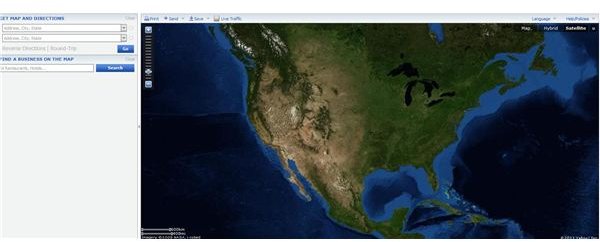

The community lost 20 homes in the fires, as well as the town’s police station and the water treatment plant. One of the season’s first fires in the province was ignited on May 2, in the Fox Lake community, at the top of this image. On that day, officials in Alberta declared a provincial state of emergency.Īs of May 8, there were 29 fires burning out of control in Alberta, which has been hit hardest by the fires. The Moderate Resolution Imaging Spectroradiometer (MODIS) on NASA’s Terra satellite acquired this image (above) of smoke billowing from fires in the two Canadian provinces on May 6, 2023. The fires destroyed homes and produced chimneys of smoke that reached into the upper troposphere. Modern satellites are also more capable of handling the high power demands of the LiDAR sensors.More than 100 wildland fires raged across Western Canada in early May 2023, forcing tens of thousands of people in Alberta and British Columbia to evacuate. But thanks to recent technological innovations, as well as the evolving space industry that allows for better, cheaper access to orbit, NUVIEW was able to design a constellation of 20 LiDAR satellites. NASA’s ICESat-2, which launched in 2018 to measure ice-sheet elevation in the Arctic, is one of a small number of satellites that use LiDAR from orbit.Īs a result, only about five percent of Earth’s landmass has been mapped with LiDAR, according to NUVIEW.

So far, most other attempts to employ LiDAR when mapping the Earth’s surface use drones or planes.

The technology is able to map Earth’s typography in great detail, and it does so by sending down a steady stream of laser pulses that make their way through trees and other types of vegetation. LiDAR, which stands for Light Detection and Ranging, uses pulsed lasers to measure distance by detecting the time it takes for reflected light to return to the receiver. It’s not clear when NUVIEW plans on launching its LiDAR constellation, but the company claims it already has $1.2 billion in contracts with prospective customers for its data. “Our LiDAR satellite constellation will offer a wealth of information that has never before been available at scale, driving innovation and progress throughout numerous industries and revolutionizing the way we understand and interact with our planet,” Clint Graumann, CEO and co-founder of NUVIEW, said in an emailed statement.


 0 kommentar(er)
0 kommentar(er)
